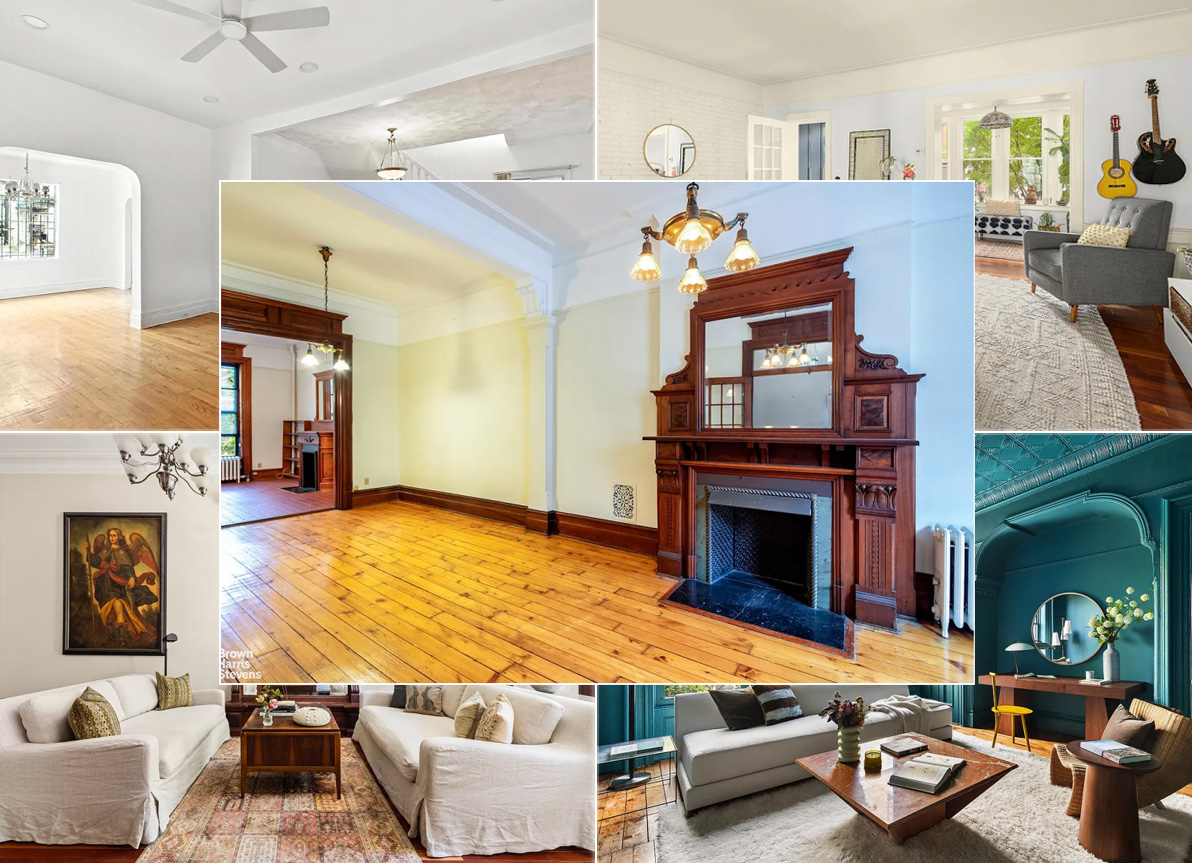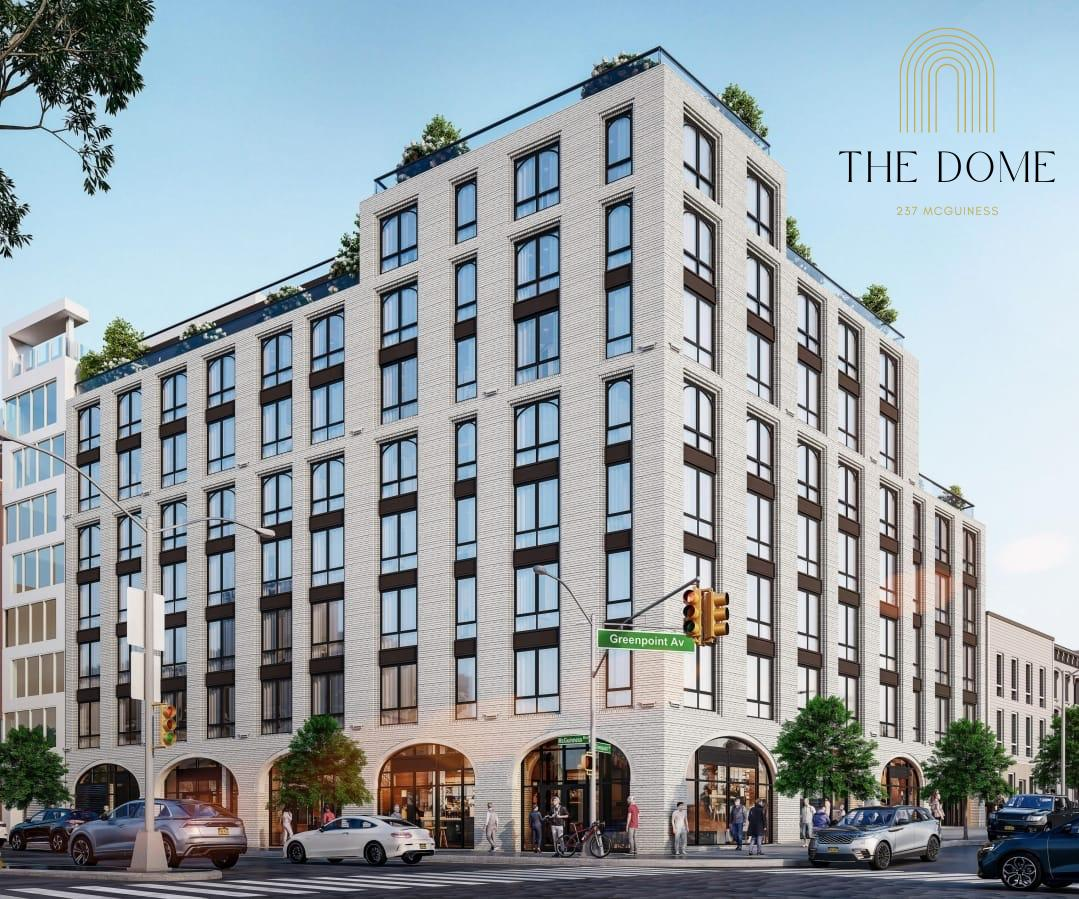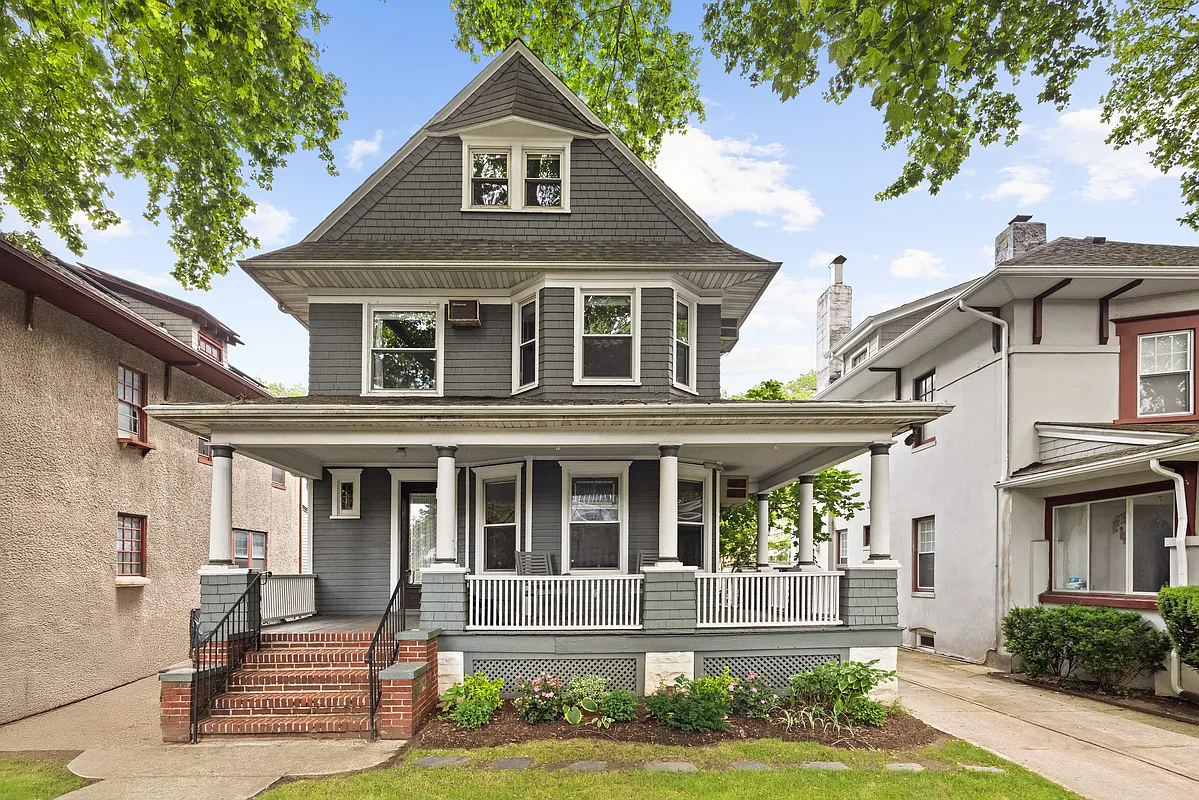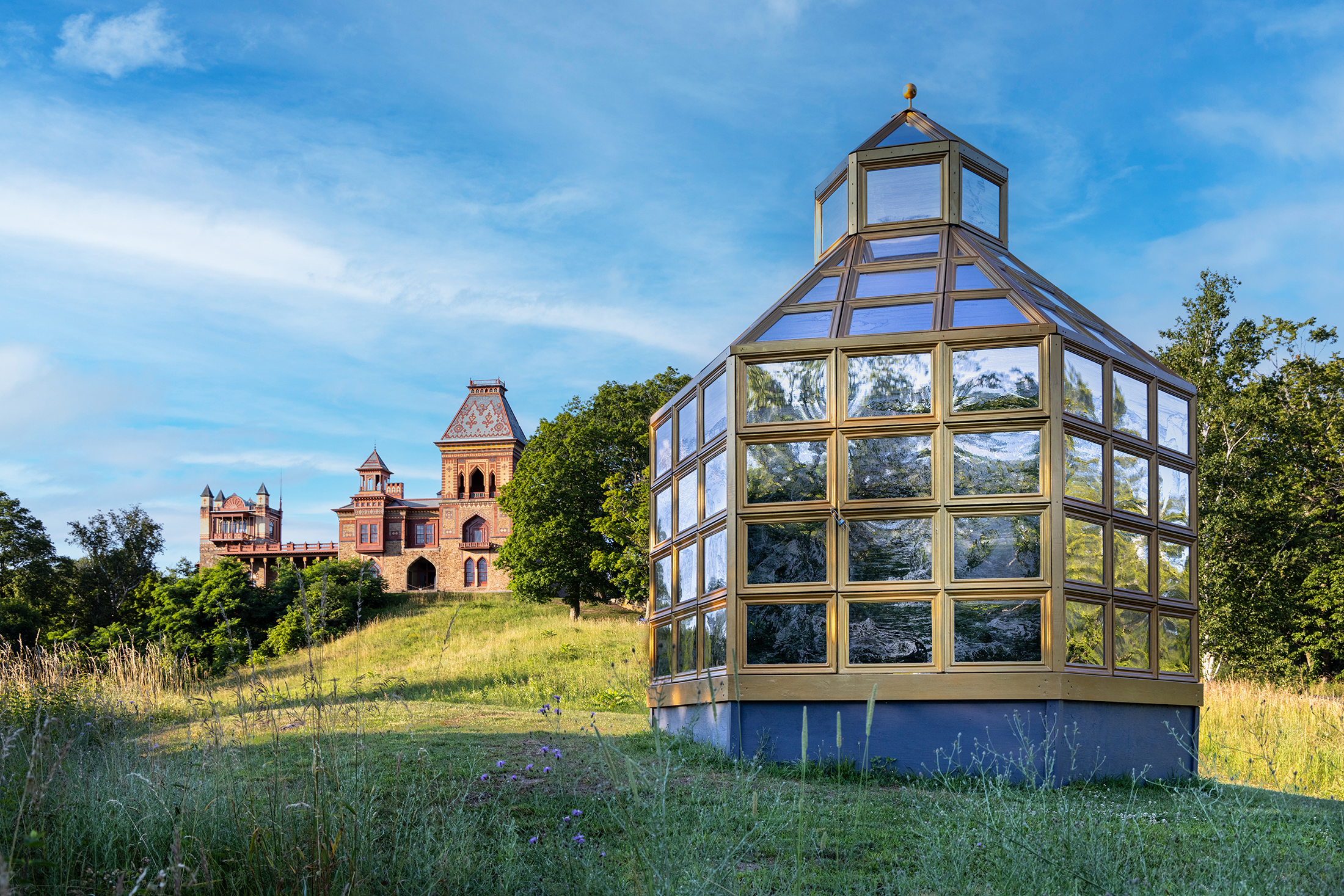Past and Present: 751 St. Marks Avenue
A look at Brooklyn, then and now. It’s hard to believe today, but right after the Civil War, most of what is Bedford Stuyvesant and Crown Heights was regarded as the suburbs. Because of excellent public transportation along major thoroughfares such as Atlantic Avenue, Fulton Street and Bedford Avenue, Central Brooklyn became a desirable place…


A look at Brooklyn, then and now.
It’s hard to believe today, but right after the Civil War, most of what is Bedford Stuyvesant and Crown Heights was regarded as the suburbs. Because of excellent public transportation along major thoroughfares such as Atlantic Avenue, Fulton Street and Bedford Avenue, Central Brooklyn became a desirable place to build a large country villa, allowing one to have the best of the both worlds – a country house in the city.
The street grid had been laid out as early as 1840, although most of the land remained rural for another 10 or 15 years. Most of it belonged to the Bedford branch of the Lefferts family, and what didn’t directly belong to them was the property of relatives by birth and marriage. Beginning in 1854, the heirs of Judge Lefferts Lefferts began selling off the property for development.
Our “past” picture shows a large wood framed Italianate house with a tower, sitting on generous grounds. The photograph was taken in 1935. The house is almost to the corner of New York Avenue on St. Marks. The house was probably built in the 1860s, just after the Civil War. It was built for James Hazelhurst, a wealthy dry-goods merchant.
Hazelhurst was an avid horticulturist, and belonged to the Brooklyn Horticulture Society. He was one of the men on James Stranahan’s committee to build Prospect Park, and was very interested in parks and nature. His house originally had very large grounds, which extended from the corner of New York Avenue, across 300 feet into the block. The grounds included a large carriage house at the end of the property on the left. In 1883, Hazelhurst ‘s stable caught on fire, destroying it, along with four horses, four carriages and all of the tack and harnesses and other equipment therein.
Hazelhurst’s love of plants caused him to plant the large grounds of his house with a small orchard of fruit trees, as well as a generously planted formal garden. Daisy Hazelhurst, who married a Hoagland, of the Clinton Hill Hoagland’s, wealthy from their baking powder business, was married at the house. Her younger brother Ernest was the envy of many of the boys in the neighborhood, as he had a pony, and rode it on the grounds, according to the society pages.
Somewhere around 1890, the Hazelhurst family sold the house to Frederick Anton Eilers and his family. By this time, many of the large wood framed villas in the growing St. Marks District had been torn down and were being replaced by large masonry mansions, even larger than the villas. This one managed to survive, and was much loved by the Eilers. They stayed here until the 1930s.
F. Anton Eilers was one of the country’s most prominent mining engineers and metallurgists. He was a German-born immigrant who received his training at German universities. He came here in 1859, and spent the next twenty years at various mines and operations in Virginia, Salt Lake City, Montana and Colorado. He came back to New York, and beginning in 1890 was an executive in the American Smelting and Mining Company, as well as a board member of several other mining concerns.
He was an authority on the subject and wrote articles in trade journals and lectured. He was one of the founders and Vice-President of the American Institute of Mining Engineers. He was also a member of the National Geographic Society, the Brooklyn Institute of Arts and Sciences, the American Forestry Association, the Technical Society of New York, the American Association for the Advancement of Science, as well as the German and Germania Clubs of Brooklyn, and several clubs out west in Denver.
Eilers is credited for transforming the smelting industry. His methods of extracting lead and silver were the most advanced in the industry. This expertise enabled him, along with his son Karl, also a mining engineer and metallurgist, and other partners to establish the American Refining and Smelting Company. (ASARCO) It soon controlled two-thirds of the smelting trusts in the entire nation. The other partners in ASARCO included the Guggenheim family, whose fortune came from this mining and smelting.
F. Anton Eilers and his wife Elizabeth had six children, five girls and one boy. Son Karl and one sister, Anna, married, but none of the other girls did. The family lived here in Brooklyn and also in their very large summer home in Sea Cliff, Long Island, which Anton had built in the 1890s. One of the unmarried daughters, Emma, became a noted painter. Her youngest sister, Meta, was famous in the St. Marks District for her soirees. She was an accomplished violinist, and often gave concerts, and hosted lectures and club meetings.
Anton Eilers died in Sea Cliff in 1917. He was 78. Elizabeth died two years later, also in Sea Cliff, in 1919. Meta and at least one other sister, stayed in the house. As VP of ASARCO, Karl got into a much publicized fight with the Guggenheim family over control of ASARCO in the early 1920s. He lost, and left mining, and became the Chairman of the Board of Lenox Hill Hospital, from the ‘20s until his death in 1941.
When Meta died in 1926, the family held on to the house for a few years, and then sold it. The photograph from 1935 shows the end of an era. This was one of the last wood framed mansions in the St. Marks District. Their replacements, the big brownstone, brick and limestone mansions that made this neighborhood famous were one by one being torn down and replaced by large apartment buildings. You can see the corner of one of them to the right of this photo. It is called Buckingham Hall, and was completed in 1924.
Apartment building developers Kenin and Posner tore the old house down in 1934, and built the Betsy Ross Apartments. The large complex takes up the entire 300 foot wide footprint of the old Hazelhurst-Eilers mansion and grounds. It was completed in 1937, and opened to the public with a large ad touting the building’s three-, 3.5-, four-, and 4.5- room apartments. They offered such features as dropped living rooms, dining balconies, direct access to each room from a foyer, colored tile bathrooms with colored fixtures, glass enclosed showers, concealed radiators, a reception room, gymnasium and recreation room.
The Betsy Ross is huge, with three wings on St. Marks Avenue, and another wing on New York Avenue. It was designed in the Colonial Revival style by the Cohn Brothers, one of the busiest and best of the apartment house architectural firms of that period. There are 124 apartments in the building. One large lot: one family of eight, plus servants, now 124 families. That’s how things can change in Brooklyn.












What a fascinating story!!! The layers of architecture that happened right beneath our feet can be really unbelievable. I live in a building much like the Betsy Ross further south around PPS. Though I loved seeing the original real estate brochures (“modern kitchens with colorful linoleum inlays”), it always made me a bit sad to know there once was a large stately wood frame house where 60 apartments now stand.